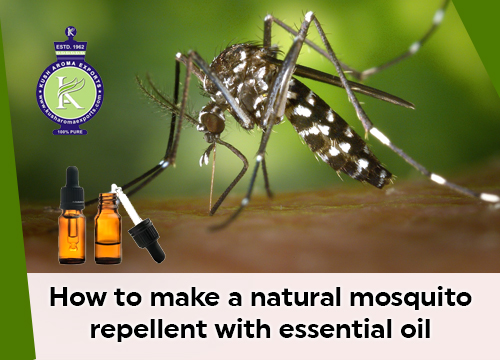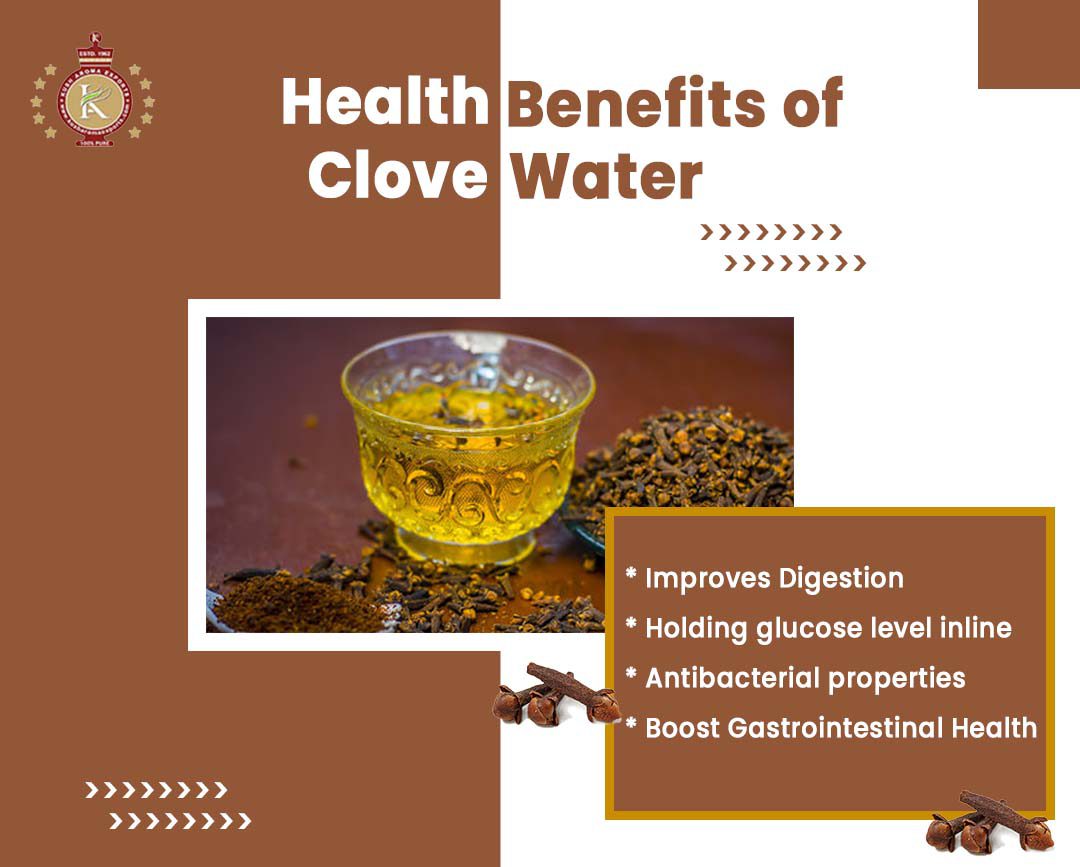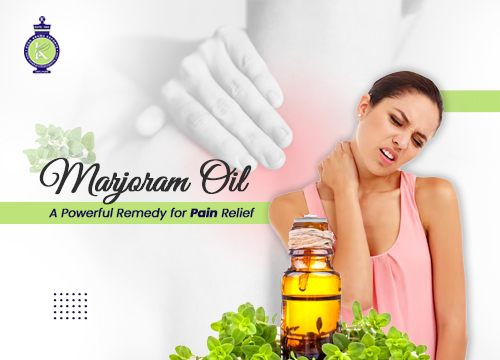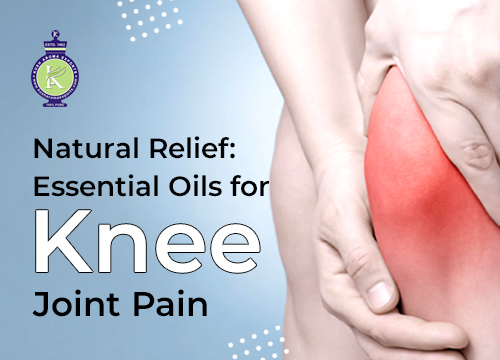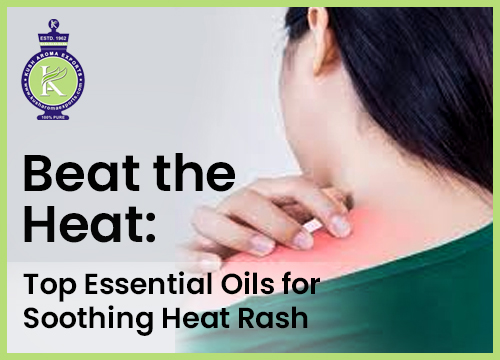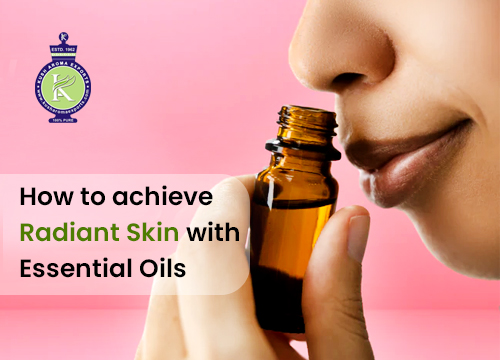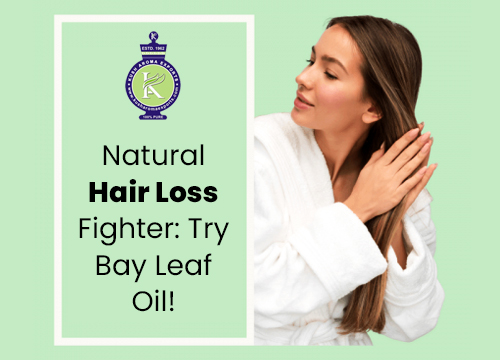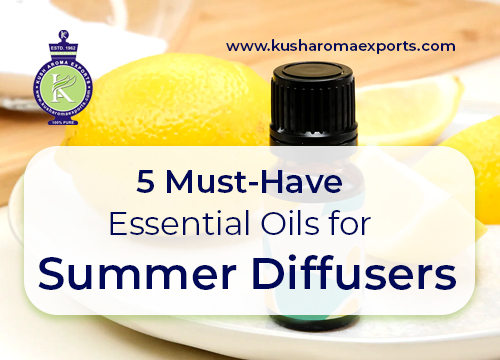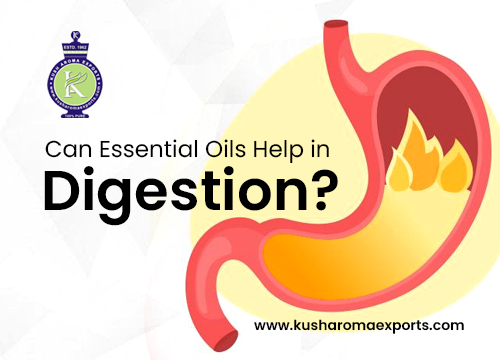Mosquitoes are more than just an annoyance—they can carry diseases and disrupt outdoor activities. While store-bought repellents can be effective, many are filled with chemicals like DEET, which may have harmful effects on your health and the environment. Thankfully, nature has a solution in the form of essential oils. Creating your own natural mosquito repellent using essential oils is simple, effective, and allows you to avoid harsh chemicals while enjoying the outdoors without the constant swatting.
In this blog, we’ll walk you through everything you need to know about making a natural mosquito repellent using essential oils, including the most effective oils, how to mix them, and tips for getting the best results.
Why Use Essential Oils as Mosquito Repellent?
Essential oils have long been used for their various benefits, including insect-repelling properties. Unlike chemical-based repellents, essential oils are derived from plants, making them a natural and eco-friendly option. Additionally, many essential oils offer other benefits, such as soothing the skin, calming the mind, and even boosting your immune system.
Here are some reasons to opt for essential oils as a natural mosquito repellent:
- Non-toxic and eco-friendly: Essential oils don’t harm the environment or your health like synthetic chemicals do.
- Safe for children and pets: Unlike some chemical repellents, many essential oils are safe for young children and pets when used properly.
- Pleasant aroma: Essential oils leave a refreshing scent, unlike the strong chemical smell of traditional repellents.
- Multi-purpose: Many essential oils provide additional benefits, such as reducing stress or promoting relaxation.
The Best Essential Oils for Mosquito Repellent
Not all essential oils are created equal when it comes to repelling mosquitoes. Some oils contain compounds that mosquitoes find particularly offensive. Here are some of the best essential oils for keeping those pesky bugs away:
Lemon Eucalyptus Oil: This oil is one of the most effective natural repellents. Studies have shown that lemon eucalyptus oil can provide protection similar to DEET.
Lavender Oil: Known for its calming effects, lavender oil also repels mosquitoes due to its strong scent. Plus, it’s gentle on the skin and can reduce inflammation caused by bites.
Peppermint Oil: Peppermint oil is highly effective at repelling mosquitoes, and its cooling effect can also help soothe any bites that occur.
Tea Tree Oil: This oil has antimicrobial properties and works well at repelling insects, including mosquitoes.
Citronella Oil: A common ingredient in many commercial insect repellents, citronella oil is known for its strong, lemon-like scent that mosquitoes hate.
Geranium Oil: Geranium oil is another strong repellent that also has antibacterial and antifungal properties, making it great for keeping bugs away and protecting the skin.
Cedarwood Oil: This oil not only repels mosquitoes but also ticks and other pests. Its woody scent is also refreshing.
Read More: Utilizing essential from prevention from Scorpion
How to Make a Natural Mosquito Repellent Spray
Now that we know which essential oils are best for repelling mosquitoes, let’s dive into creating your own natural mosquito repellent spray. This DIY recipe is easy to make, safe to use, and effective.
Ingredients:
- 10 drops Lemon Eucalyptus oil
- 10 drops Lavender oil
- 5 drops Peppermint oil
- 5 drops Tea Tree oil
- 1 tablespoon Witch Hazel (acts as a natural preservative and skin toner)
- 2 tablespoons Distilled Water (acts as a base for the spray)
- 1 tablespoon Carrier oil (such as coconut oil, almond oil, or jojoba oil to dilute the essential oils)
- Small spray bottle (preferably glass, as some essential oils can degrade plastic)
Instructions:
- Start by adding the witch hazel to your spray bottle.
- Add the distilled water to dilute the solution.
- Next, drop in the essential oils lemon eucalyptus, lavender, peppermint, and tea tree.
- Add the carrier oil to help dilute the essential oils and prevent skin irritation.
- Close the bottle and give it a good shake to mix all the ingredients together.
- Your natural mosquito repellent spray is now ready to use! Simply shake the bottle before each use and apply it to exposed areas of your skin whenever you head outdoors.
Tips for Using Your Natural Mosquito Repellent
Test on a small patch of skin: Before applying the repellent all over your body, do a quick patch test on a small area to ensure your skin doesn’t react negatively to the essential oils.
Reapply as needed: Natural repellents don’t last as long as chemical ones, so you may need to reapply the spray every 2-3 hours, especially if you’re sweating or swimming.
Avoid sensitive areas: Be sure to avoid getting the spray near your eyes, mouth, or any broken skin, as essential oils can be irritating in these areas.
Store in a cool, dark place: Essential oils can degrade when exposed to sunlight or heat, so store your repellent in a cool, dark place to keep it effective.
Why Choose a Natural Mosquito Repellent?
While chemical-based mosquito repellents may be more convenient, they come with a host of potential health risks. DEET, one of the most common active ingredients in mosquito repellents, has been linked to skin irritation and, in rare cases, more severe health problems. For those with young children, sensitive skin, or simply a desire to use fewer chemicals, a natural mosquito repellent is an excellent alternative.
Natural repellents are effective, eco-friendly, and versatile. They also offer additional benefits, like soothing irritated skin or providing a calming aroma. Plus, you have complete control over the ingredients, ensuring that you’re using a product that’s safe for you and your family.
Conclusion
Creating your own natural mosquito repellent with essential oils is a simple and effective way to keep mosquitoes at bay without relying on harmful chemicals. Not only are essential oils safer for your health and the environment, but they also smell wonderful and offer additional benefits for your skin and well-being. Whether you’re spending time in the backyard, going for a hike, or enjoying a summer evening outside, your DIY mosquito repellent will be your go-to.
For premium, high-quality essential oils, check out Kush Aroma Exports, your trusted source for all-natural products. Make your outdoor experience not only safer but also refreshing and fragrant.

